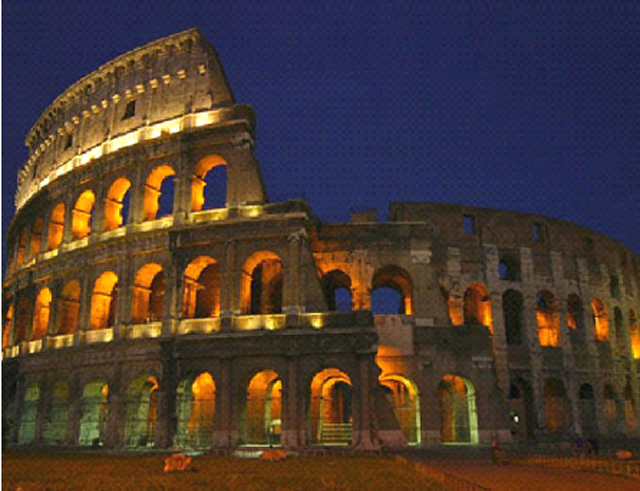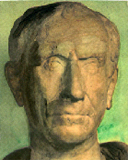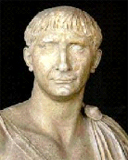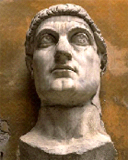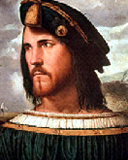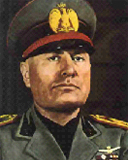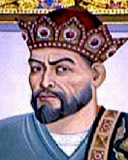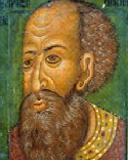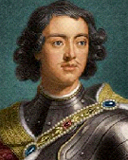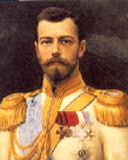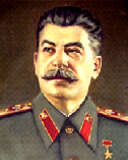Following an accidental meeting in Sagres, Sonja soon hears how the Roman Empire and Roman Church, both over-extended in the West, felt themselves challenged by Constan-tinople, Jerusalem, Paris and, later, Moscow. In turn, remote places like Le Mont Sainte-Odile and Rosslyn Chapel strove to be free of Rome’s overwhelming influence. Karmically speaking, Rome has bequeathed its leaders to the capitals of western civilisation ever since.
 9. Russia
9. Russia
Muscovite Volodya Vasilevsky made a fortune in Sevastapol and Kiev when Russia’s military presence relaxed and Ukraine’s industrial privatisation soared. As an enigmatic art collector and maverick historian, Volodya assists Sonja in her quest for the lost manuscript. Having reached the frontiers of the historical records, she turns to alternative sources of historical detection—diaries, dreams, prophecies—and stumbles upon a startling past connection between Ivan the Terrible and Josef Stalin.
![]() Continue to the United Kingdom and America or return to Synopsis?
Continue to the United Kingdom and America or return to Synopsis?

